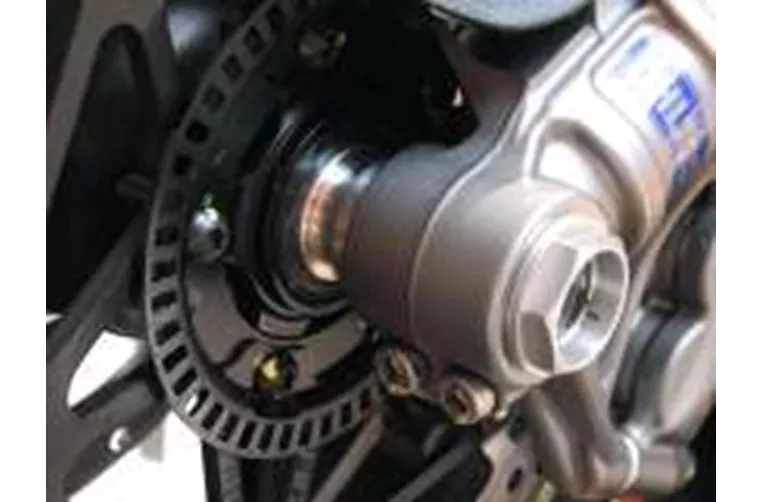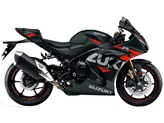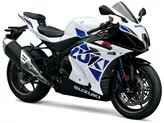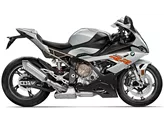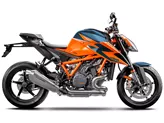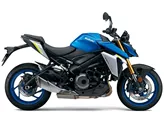Ducati 1199 Panigale S 2012 vs. Suzuki GSX-R 1000 2010

Ducati 1199 Panigale S 2012

Suzuki GSX-R 1000 2010
Vue d’ensemble - Ducati 1199 Panigale S 2012 vs Suzuki GSX-R 1000 2010
The Ducati 1199 Panigale S 2012 and the Suzuki GSX-R 1000 2010 are both high-performance supersport motorcycles, but they have some key differences in terms of their technical specifications and strengths.
In terms of engine and drive train, the Ducati 1199 Panigale S 2012 has a larger bore and stroke, resulting in a higher displacement of 1198cc compared to the Suzuki GSX-R 1000 2010's 999cc. This gives the Ducati a higher engine power of 195 HP compared to the Suzuki's 185 HP. The Ducati also has a higher torque of 132 Nm compared to the Suzuki's 116.7 Nm. Both bikes have a high compression ratio, with the Ducati at 12.5 and the Suzuki at 12.8.
In terms of suspension, the Ducati features Öhlins suspension both in the front and rear, with adjustable compression and preload. On the other hand, the Suzuki has Showa suspension with adjustable compression, preload, and rebound in both the front and rear. This gives the Suzuki more flexibility in fine-tuning the suspension to suit individual preferences.

Ducati 1199 Panigale S 2012
Both bikes have an aluminum frame, but the Ducati features a monocoque frame while the Suzuki has a twin-spar frame. The monocoque frame on the Ducati is known for its lightweight and rigidity, contributing to the bike's overall performance.
In terms of brakes, both bikes have double disk brakes at the front. However, the Ducati's brakes feature radial and monoblock technology, which provides better braking performance and control.
In terms of dimensions and weights, the Ducati has a slightly wider rear tire at 200mm compared to the Suzuki's 190mm. The wheelbase on the Ducati is also slightly longer at 1437mm compared to the Suzuki's 1405mm. The seat height on the Ducati is slightly higher at 825mm compared to the Suzuki's 810mm. The kerb weight of the Ducati is lighter at 188kg compared to the Suzuki's 203kg. Both bikes have a similar fuel tank capacity, with the Ducati at 17 liters and the Suzuki at 17.5 liters.

Suzuki GSX-R 1000 2010
In terms of strengths, the Ducati 1199 Panigale S 2012 is praised for its plenty of power, quality traction point, great ABS, electronically adjustable suspension, light weight, and immaculate brakes. On the other hand, the Suzuki GSX-R 1000 2010 is praised for its strong engine, convincing stability, efficient wind protection, and appropriate performance.
However, the Ducati 1199 Panigale S 2012 does have a weakness in its very high purchase price. On the other hand, the Suzuki GSX-R 1000 2010 has weaknesses in its poor suspension strut, too softly tuned chassis, slight inertia, and a gearbox that could be better.
In conclusion, both the Ducati 1199 Panigale S 2012 and the Suzuki GSX-R 1000 2010 are powerful supersport motorcycles with their own strengths and weaknesses. The Ducati offers more power, adjustable suspension, and lighter weight, while the Suzuki provides a strong engine and stable performance. Ultimately, the choice between the two would depend on individual preferences and priorities.
Caractéristiques techniques Ducati 1199 Panigale S 2012 par rapport à Suzuki GSX-R 1000 2010
Avantages et inconvénients en comparaison
Avantages et inconvénients en comparaison
Ducati 1199 Panigale S 2012
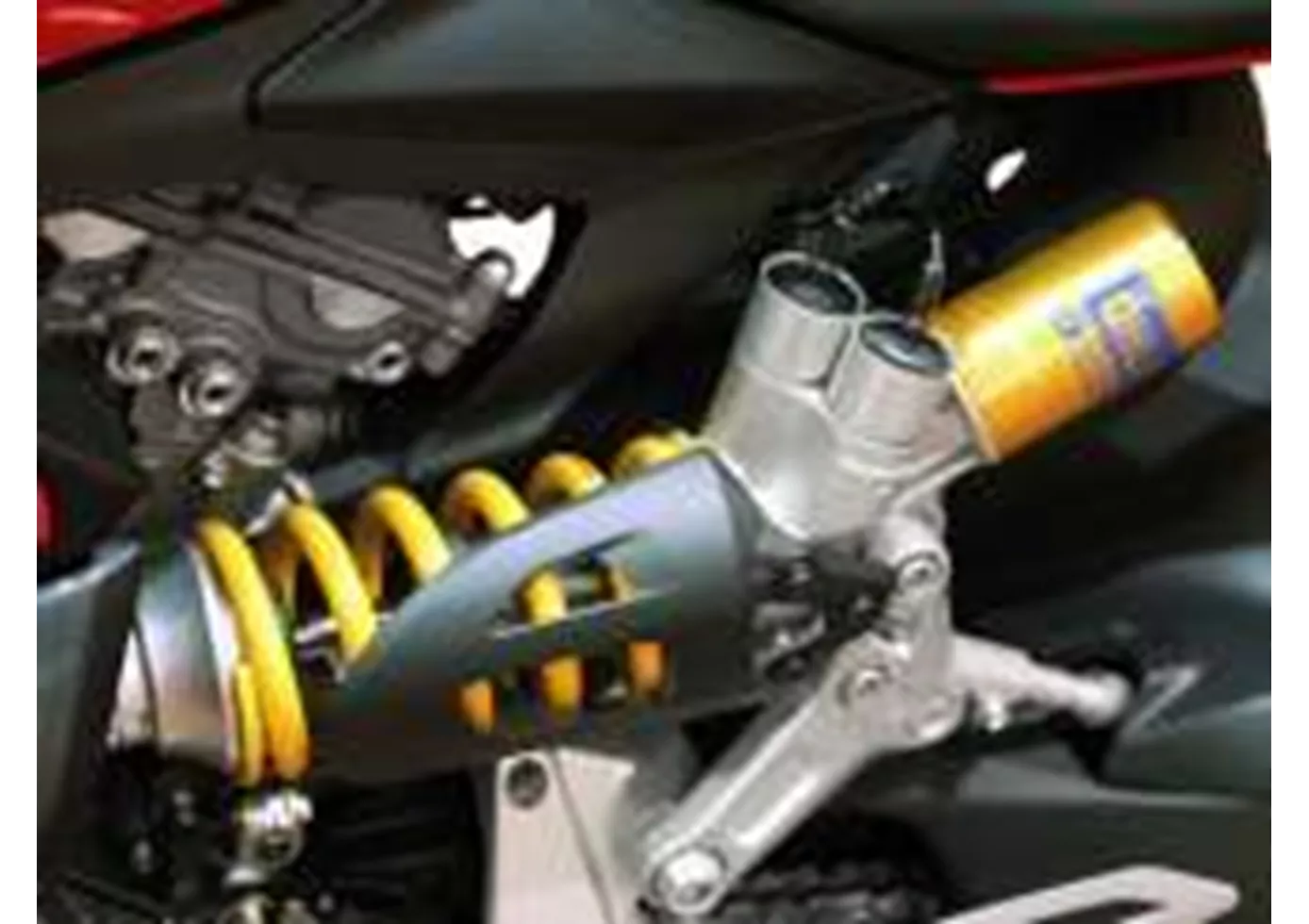
Les acheteurs de la Panigale auront certainement beaucoup de plaisir avec la Ducati, mais en début de saison, il faut justement beaucoup de travail pour trouver des réglages qui fonctionnent. Sur la piste, on est sûr qu'avec suffisamment de savoir-faire dans le sac à dos, la Panigale pourra exprimer tout son potentiel et que les temps au tour seront poussés à un nouveau niveau.
Suzuki GSX-R 1000 2010
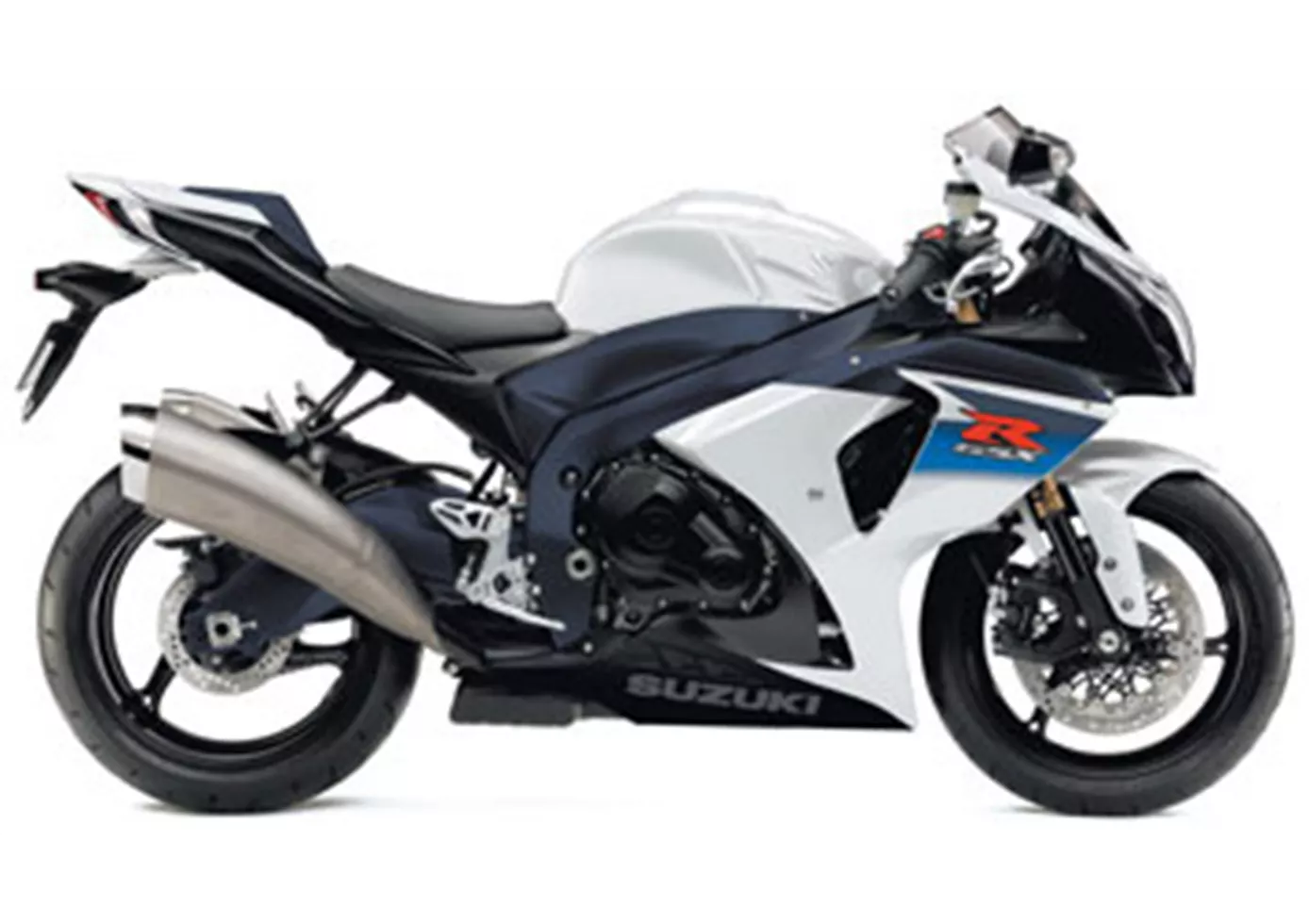
Le moteur satisfait tous les pilotes d'essai avec un déploiement de puissance merveilleusement linéaire. Cette qualité est toutefois gâchée par un châssis trop souple.
Comparaison des prix Prix moyen du marché Ducati 1199 Panigale S vs Suzuki GSX-R 1000
There are a few key differences between a Ducati 1199 Panigale S 2012 and a Suzuki GSX-R 1000 2010. There are the same number of bikes of both models available on the 1000PS.de marketplace, specifically 4. It takes less time to sell a Suzuki GSX-R 1000 with 69 days compared to 96 days for the Ducati 1199 Panigale S. Since model year 2012 1000PS.de editors have written 4 reviews for the Ducati 1199 Panigale S and 71 reviews for the Suzuki GSX-R 1000 since model year 2005. The first review for the Ducati 1199 Panigale S was published on 6/15/2012 and now has more than 24,800 views. This compares to more than 7,100 views for the first review on Suzuki GSX-R 1000 published on 3/3/2004.








